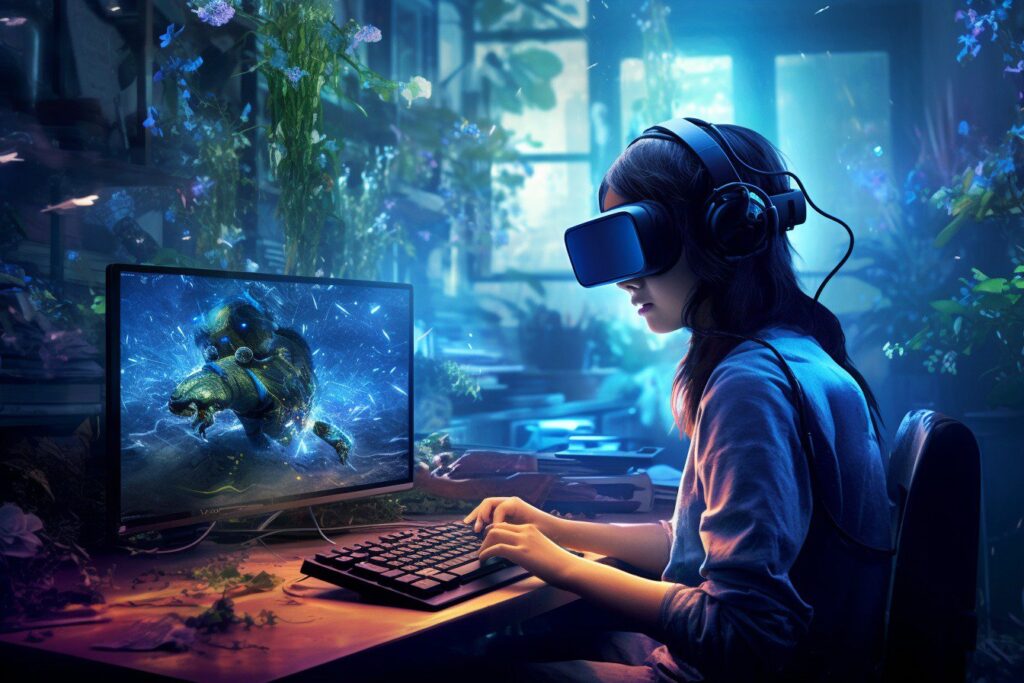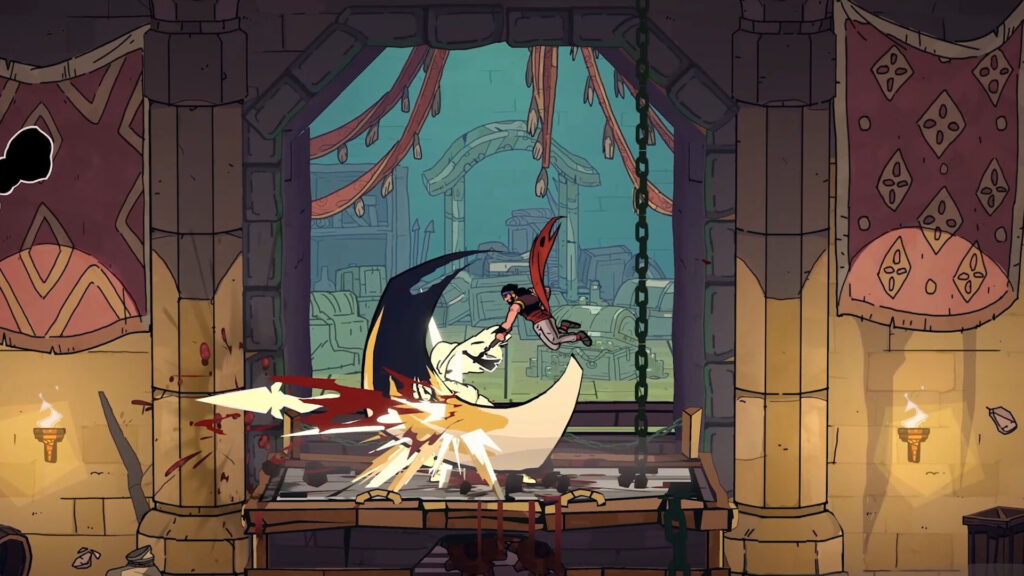Gaming has come a long way since the days of Pong and Pac-Man. What started as a niche hobby has evolved into a global phenomenon, with millions of players worldwide and an industry worth billions of dollars.
Let’s take a journey through the evolution of gaming, from its humble beginnings to the cutting-edge technology of today.
The Early Days: Arcades and Consoles
The origins of gaming can be traced back to the 1970s, when arcade machines began popping up in public spaces. Games like Space Invaders and Asteroids captivated audiences with their simple yet addictive gameplay. Around the same time, home consoles like the Atari 2600 brought gaming into living rooms, making it accessible to a wider audience.
The Rise of PC Gaming
As personal computers became more powerful and affordable, PC gaming emerged as a major force in the industry. Games like Doom and The Sims showcased the potential of PCs to deliver immersive and complex experiences. The rise of the internet also facilitated online gaming, allowing players to compete and collaborate with each other from around the world.
The Console Wars
The 1990s and 2000s saw intense competition among console manufacturers, with giants like Nintendo, Sony, and Microsoft vying for dominance. Each generation of consoles brought significant advancements in graphics, processing power, and game design. Franchises like Super Mario, The Legend of Zelda, and Halo became household names, driving the popularity of gaming to new heights.
The Mobile Revolution
With the advent of smartphones, gaming took another leap forward. Mobile games like Angry Birds and Candy Crush Saga demonstrated that gaming could be enjoyed on the go, attracting a new demographic of casual gamers. The App Store and Google Play Store became digital business card printing platforms for developers, allowing them to reach a global audience with ease.
The Era of Virtual Reality
Virtual reality (VR) represents the latest frontier in gaming technology. Headsets like the Oculus Rift and HTC Vive offer immersive experiences that transport players into virtual worlds. VR gaming has the potential to revolutionize the way we interact with digital environments, offering unprecedented levels of immersion and interactivity.
The Future of Gaming
As we look to the future, several trends are emerging that could shape the gaming landscape. Cloud gaming services like Google Stadia and NVIDIA GeForce NOW promise to make high-end gaming accessible to anyone with an internet connection. Augmented reality (AR) is another exciting area, blending the real world with digital elements to create unique gaming experiences.
Conclusion
From the arcades of the 1970s to the virtual reality headsets of today, gaming has undergone a remarkable transformation. As technology continues to advance, the possibilities for gaming are endless. Whether you’re a hardcore gamer or a casual player, there’s never been a better time to be part of this exciting and ever-evolving industry.

